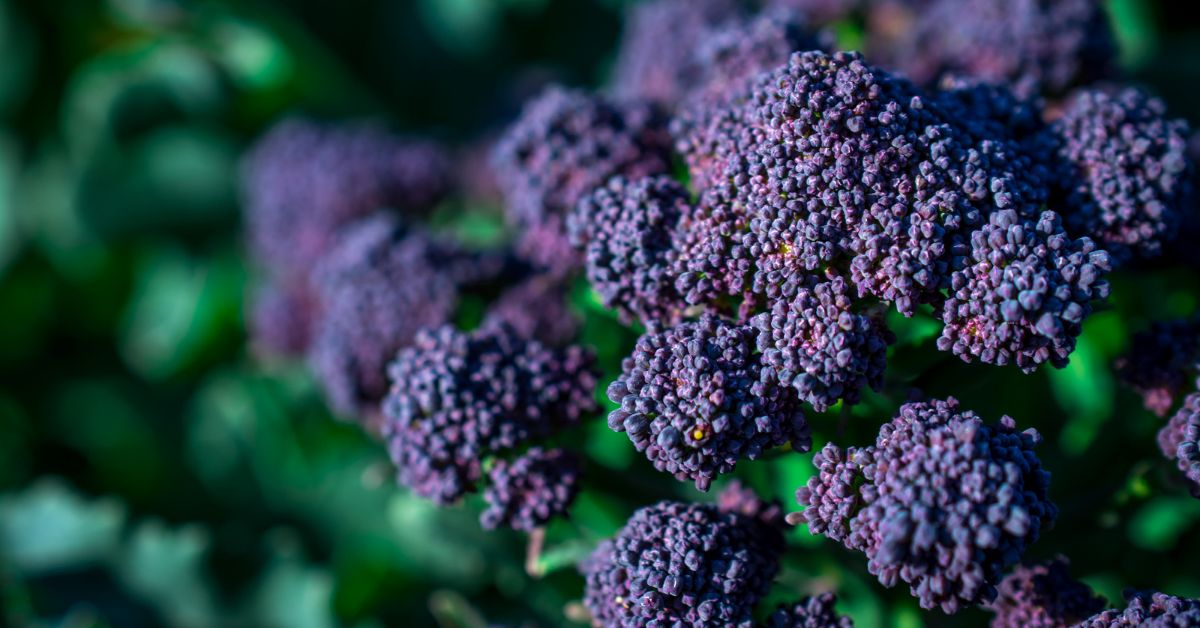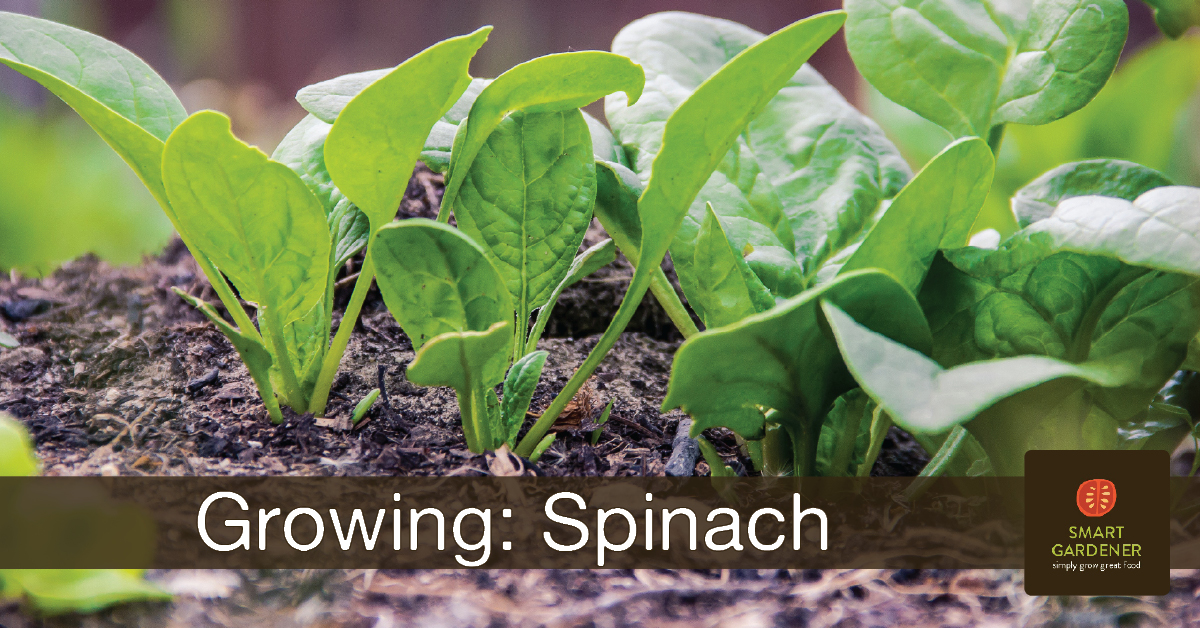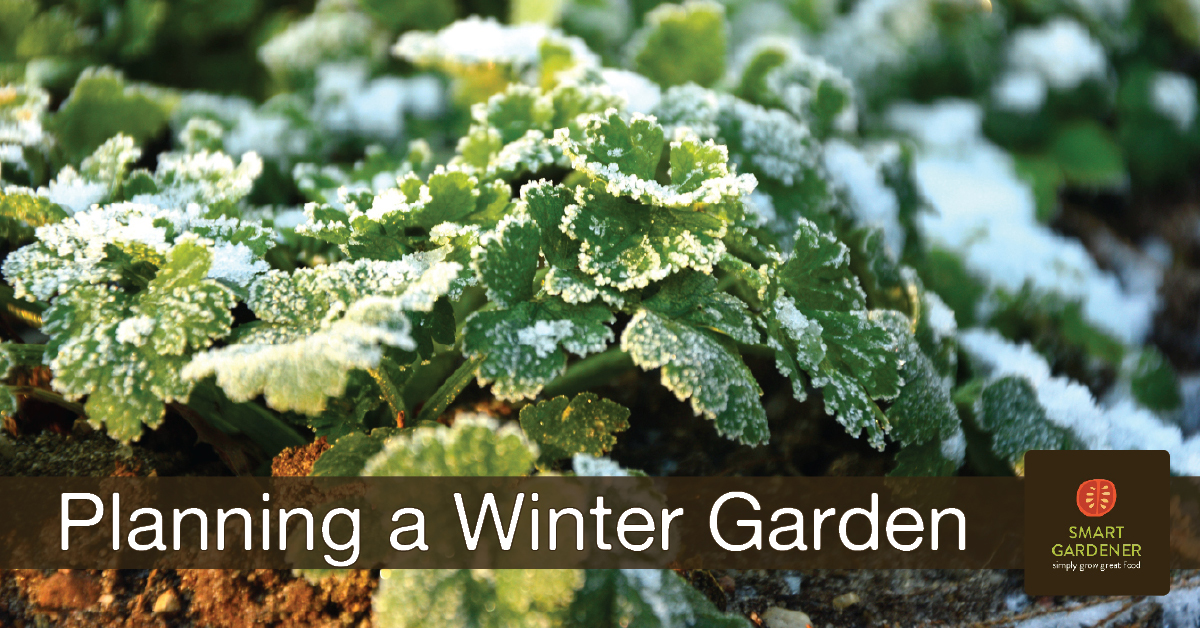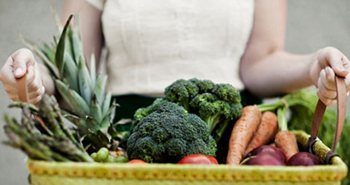Tag: autumn garden
-

Smart Tips for Growing Broccoli
Broccoli is a wonderful vegetable to grow in your garden. It’s hard to beat the tender sweetness of a head of broccoli cooked just minutes after being harvested. It’s one of the easiest plants to put in for an early spring garden, and does well as a late season crop. It grows quickly, doesn’t require […]
-

Tips for Growing Spinach
Spinach is an easy and fast plant to grow for garden-fresh salads. Other greens may get all the attention, but spinach is more than just a cartoon gimmick. It’s full of iron and calcium, as well as a wealth of antioxidants. And it’s super easy to grow! Below we have some tips for growing spinach […]
-

Planning a Winter Vegetable Garden
Planning a winter vegetable garden is surprisingly easy. Follow these tips to keep growing your own vegetables once the summer crops are done.

